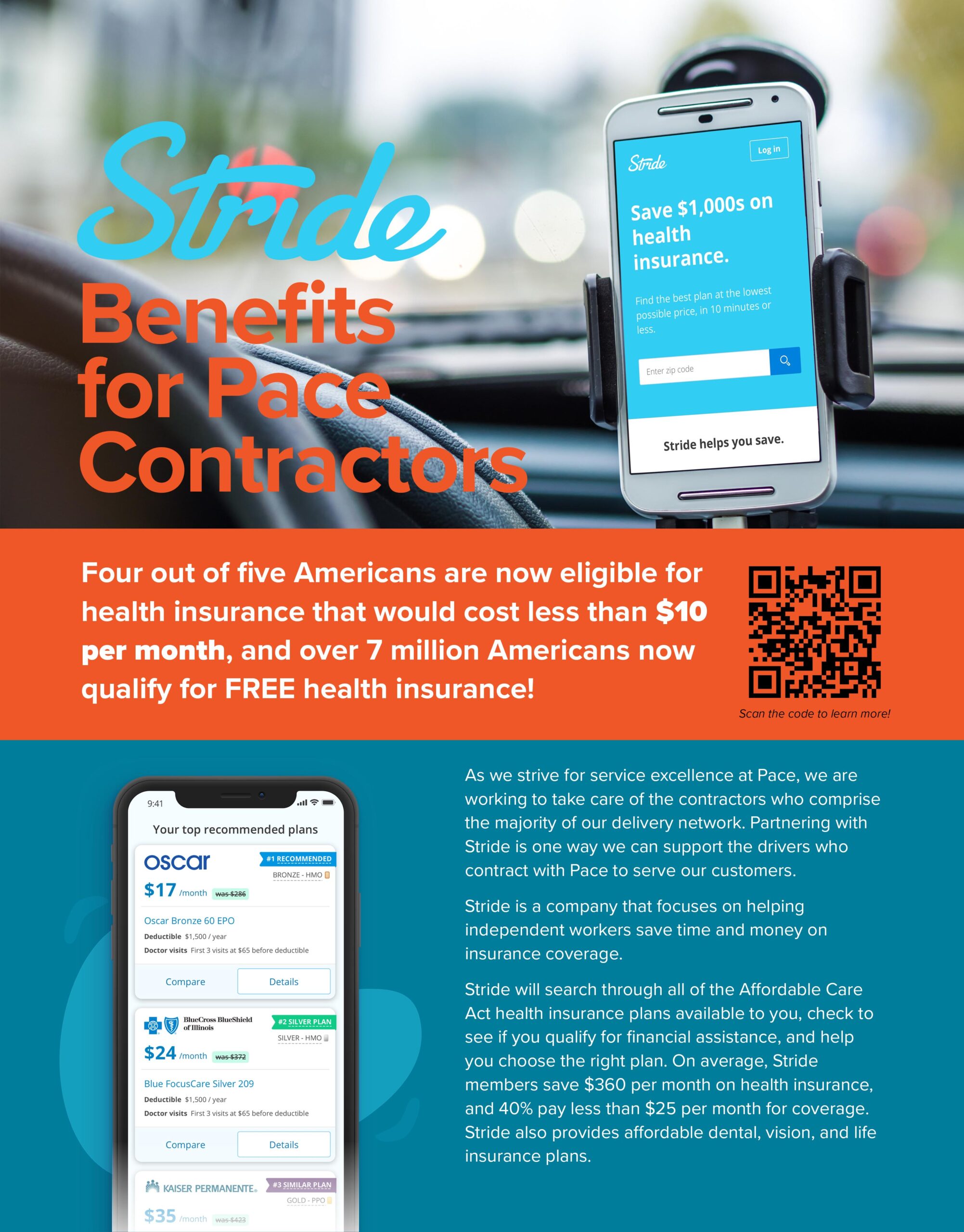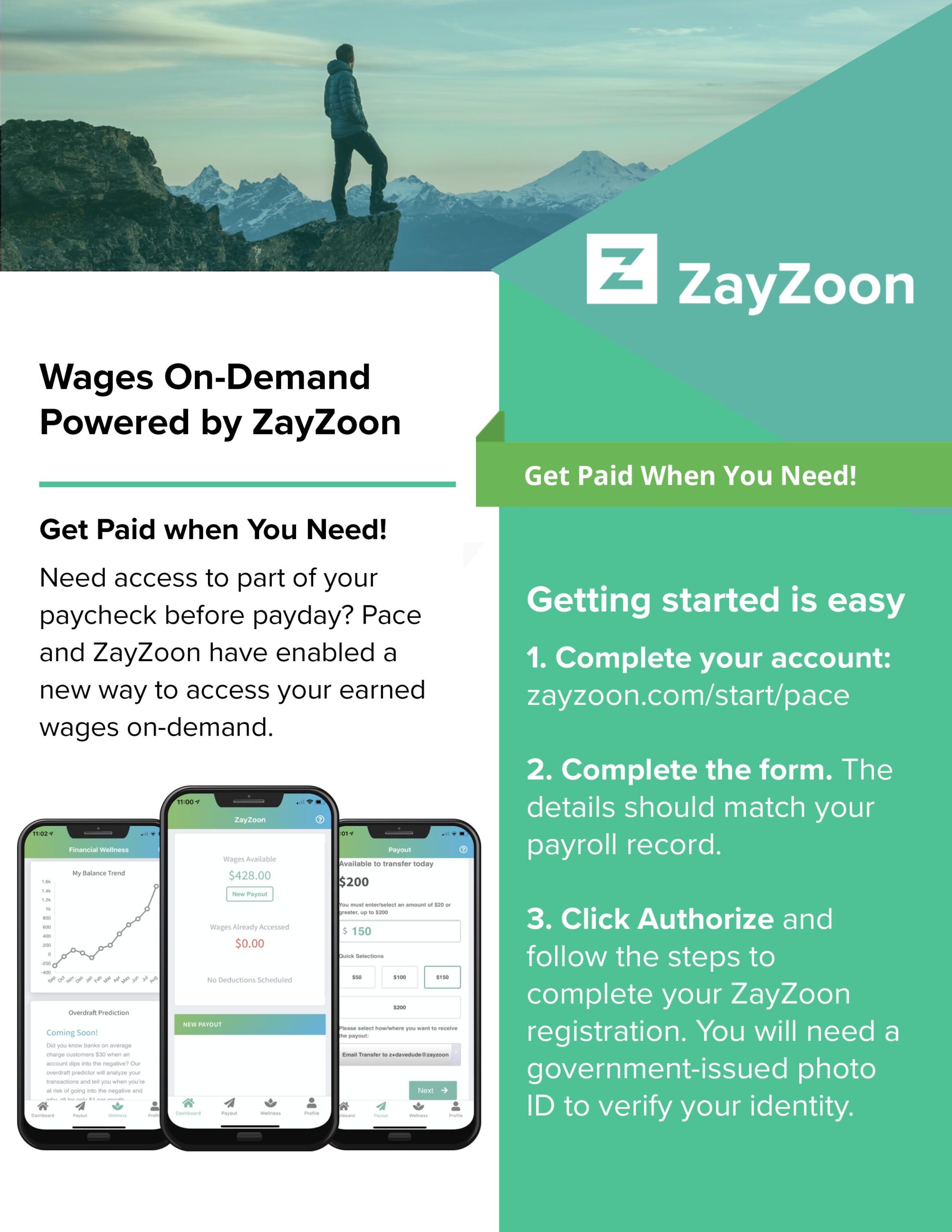
Shoppers sent back nearly 17% of the total merchandise they purchased in 2022, totaling $816 billion, according to data from the National Retail Federation, up 8% over 2021.
Given such staggeringly high numbers over the past few years, it’s not surprising to learn retailers are implementing new ways to minimize their losses. Almost 40% of retailers have either started charging return fees, shortened return windows, or are pushing loyalty programs to cover returns.
While these charges help offset costs, they by no means cover the total expense of returned items which include packaging, freight, and labor to process the returns. Making the equation worse, some of those same products end up as discounted items on store shelves further squeezing sellers’ profits.
With the rise in popularity of e-commerce shopping, living rooms have become the new dressing rooms with customers ordering multiple items in different sizes and colors to try on, knowing they can return everything they don’t choose to keep. And it’s not just clothes that get returned, everything from electronics to larger home décor items are returned regularly, either because the product doesn’t meet expectations, or the buyer has a change of mind.
The Returns Process
Once a return is approved, there are costs to return the item to the correct location, as well as shipping replacement items back to the customer if requested. Returned items in suitable condition have to be processed either back into inventory, or refurbished and sold at a discount, sometimes through other channels. All returned goods, from unopened boxes to damaged products, have a monetary value associated with them, and the longer they are held in storage, the more that value depreciates.
Reducing E-commerce Returns
Reducing e-commerce returns is a critical goal for any online retailer to save costs, maintain profit margins, and ensure customer satisfaction. Here are a few strategies to consider:
- Make sure products have a clear and accurate product description
- Provide size guidelines and virtual shopping tools, especially for clothing and accessories
- Display and encourage customer reviews to offer real-life product insights
- Maintain rigorous quality control before shipping to reduce returns due to defects
- Offer flexible exchange rather than refund policies
- Collect feedback on why customers are returning items to improve processes
- Provide excellent customer service and helpful responses
Reverse Logistics
The process of managing returns is called reverse logistics and many companies have access to increasingly sophisticated technology to manage product returns more efficiently. While a lot has changed over the years in the reverse logistics sector, the objective remains the same. As mentioned in ECA’s blog post, “Shippers, It’s Time to Rethink Reverse Logistics,” a sound reverse logistics strategy can not only maximize efficiency and reduce costs for the shipper, but also “minimize bottlenecks, alleviate waste, and increase customer satisfaction.” State-of-the-art systems can help authorize returns, generate shipping labels, automate customer communications, and track products from returns through inventory.
AI in Reverse Logistics
A headline in the Wall Street Journal (December 2023) read: “Retailers Enlist AI in Fight Against Returns”. This innovative approach uses artificial intelligence to predict return rates for certain types of products, as well as predict how likely certain groups of customers are to return their purchases. The system forecasts the total profit – or loss – each order will ultimately generate moments after it’s placed. It then tracks which customers actually return their purchases.
Going even further, this data can then be fed into Google’s ad-buying algorithm to help develop the most effective search ads for retailers to target audiences with the highest propensity to purchase and keep their items. Since Dutch online apparel store Omoda started using this AI model in May 2023, it has seen a 5% drop in returns and a 16% rise in profits among all sales driven by search ads.
AI can also help detect fraud and abuse in returns by analyzing patterns and anomalies, optimize reverse logistics by finding the best routes, carriers, and warehouses, and enhance customer service with chatbots, voice assistants, and self-service portals.
Returns management processes and customer experiences are both likely to improve as AI technology evolves and is capable of more sophisticated applications.
Self-Service Returns
One growing trend in the e-commerce industry is self-service returns which eliminates the need for customers to contact customer service and ask for a return authorization. Amazon has streamlined this process through its return portal which provides a faster and more convenient experience, allowing customers to print their pre-paid shipping label and drop off the item at a participating returns location. It’s popular, hassle-free, and fast – refunding the customer as soon as the return is entered into the shipping system.
Reverse Logistics and Sustainability
In closing, it’s also worth noting the increasing importance placed upon reusable or recyclable packaging by customers, who favor companies that utilize sustainable business practices. These practices can include offering incentives to customers choosing eco-friendly delivery and return options, and donating returned items in support of social causes.











